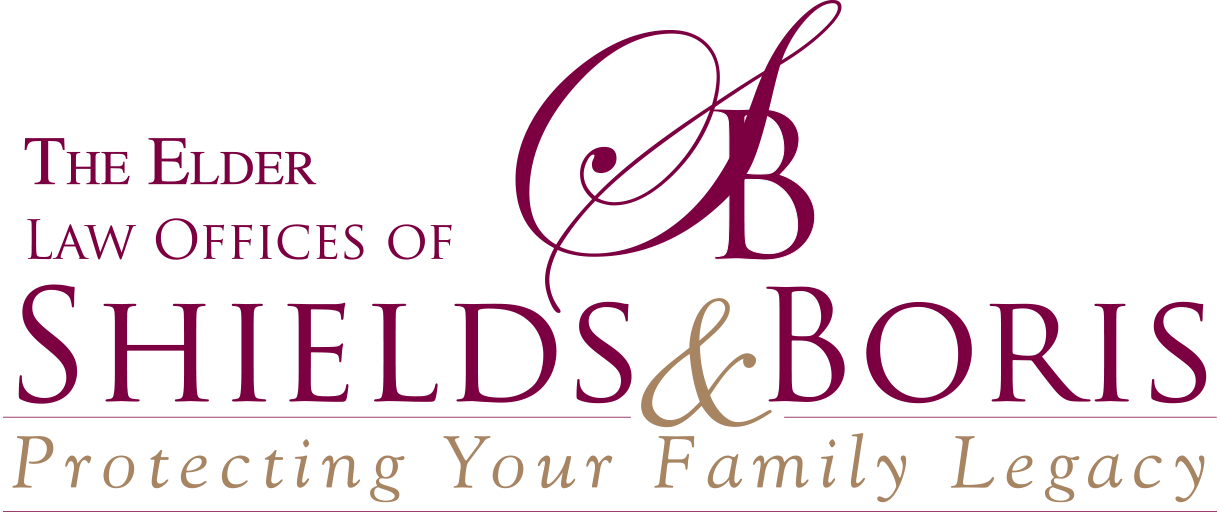What Is a Living Trust Estate Plan?
Posted on May 6, 2021 by shieldsandboris
Living trusts are one of the most popular estate planning tools. However, a living trust accomplishes several goals, explains the article “Living trusts allow estates to avoid probate” from The Record Courier. A living trust allows for the management of a beneficiary’s inheritance and may also reduce estate taxes. A person with many heirs or who owns real estate should consider including a living trust in their estate plan.
A trust is a fiduciary relationship, where the person who creates the trust, known as the “grantor,” “settlor,” “trustor” or “trustmaker,” gives the “trustee” the right to hold title to assets to benefit another person. This third person is usually an heir, a beneficiary, or a charity.
With a living trust, the grantor, trustee and beneficiary may be one and the same person. A living trust may be created by one person for that person’s benefit. When the grantor dies, or becomes incapacitated, another person designated by the trust becomes the successor trustee and manages the trust for the benefit of the beneficiary or heir. All of these roles are defined in the trust documents.
The living trust, which is sometimes referred to as an “inter vivos” trust, is created to benefit the grantor while they are living. A grantor can make any and all changes they wish while they are living to their trust (within the law, of course). A testamentary trust is created through a person’s will, and assets are transferred to the trust only when the grantor dies. A testamentary trust is an “irrevocable” trust, and no changes can be made to an irrevocable trust.
There are numerous other trusts used to manage the distribution of wealth and protect assets from taxes. Any trust agreement must identify the name of the trust, the initial trustee and the beneficiaries, as well as the terms of the trust and the name of a successor trustee.
For the trust to achieve its desired outcome, assets must be transferred from the individual to the trust. This is called “funding the trust.” The trust creator typically holds title to assets, but to fund the trust, titled property, like bank and investment accounts, real property or vehicles, are transferred to the trust by changing the name on the title. Personal property that does not have a title is transferred by an assignment of all tangible property to the trustee. An estate planning attorney will be able to help with this process, which can be cumbersome but is completely necessary for the trust to work.
Some assets, like life insurance or retirement accounts, do not need to be transferred to the trust. They use a beneficiary designation, naming a person who will become the owner upon the death of the original owner. These assets do not belong in a trust, unless there are special circumstances. For more information on trusts and estate planning, request a copy of one of our books or attend our Materclass which is available online at any time.
Reference: The Record Courier (April 3, 2021) “Living trusts allow estates to avoid probate”




